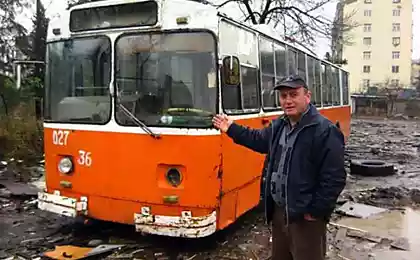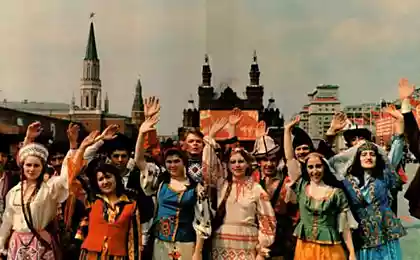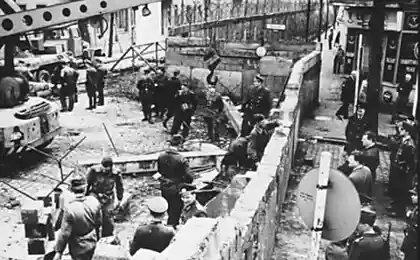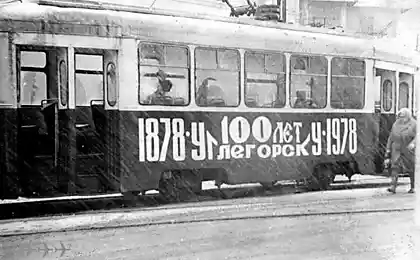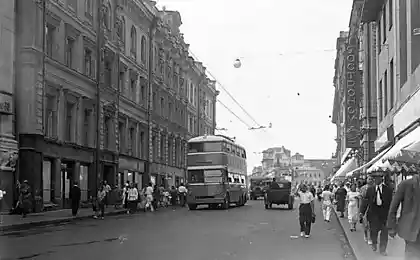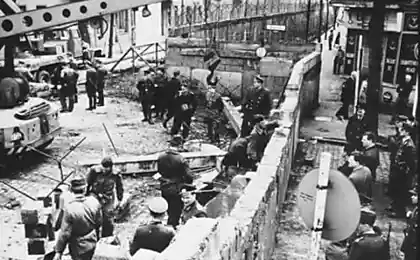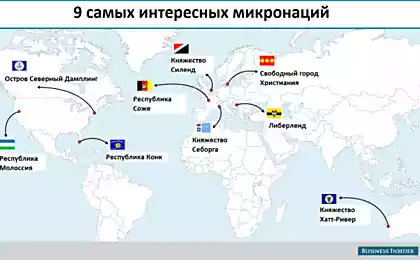699
The former is the "trolley" Republic
Once one of the trolley Soviet republics today is more than a sad spectacle. A once worked on its territory twelve systems at the moment there are only two, and in fact all one, that is. To. The second is on the uncontrolled territory (Sukhumi).
It is difficult to say for what reason this form of transport has become so popular in the Soviet era. But I must say that the horned very organically looked on a background of mountains and canyons. Special highlight was the laid in a picturesque valley interurban trolleybus line "Chiatura - Sachkhere." The cause of the crisis and the decline of the country's electric become banal unprofitable and expensive electricity.
The main stock in the Georgian city was traditionally, Škoda-9Tr, and later the Škoda-14Tr, but in some towns there were also ZiU-9. In 2004, the country received a large batch of retired ZiU-682 from Athens, where they have already fulfilled their service life. It sold almost all systems of the country, but that's not really saved the situation.
9 ph via trans-port.com.ua
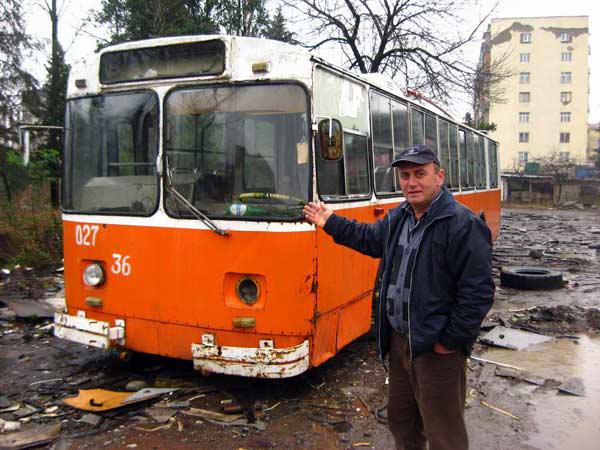
The very first and largest trolleybus system, of course, was in Tbilisi. Three depots, more than 20 routes. Tbilisi trolley was one of the first in the Soviet Union, the opening movement there in 1937. Less than a year he has not lived up to his 70th birthday, when in December 2006 had been closed the last routes.
I must say that in addition to the trolley buses in Tbilisi had a lot of other types of electric ground: tram, funicular, cable car. And none of them does not work anymore: the tram was closed with the trolley bus, cable car to the cable car closed for renovation many years ago, and traces of repair is not completely visible.
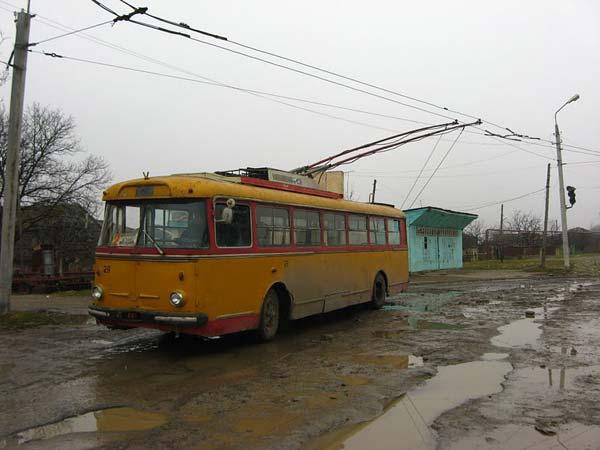
However, unlike most cities where electric vehicles was destroyed for the sake of increasing profits by commercial carriers, and in which the main mode of transport - bus, is not so bad and everything. Organized convenient system of bus routes. Modern buses equipped with light displays, and special electronic cash registers for the fare.
On routes discounts, travel, benefits. Feature fare is that you can only buy a ticket in the electronic cash register, or in advance, the driver does not sell tickets. Fare - 40 tetri, pay the fare is only 5 coins, 10, 20 tetri to exchange larger neither the driver nor the cashier impossible.
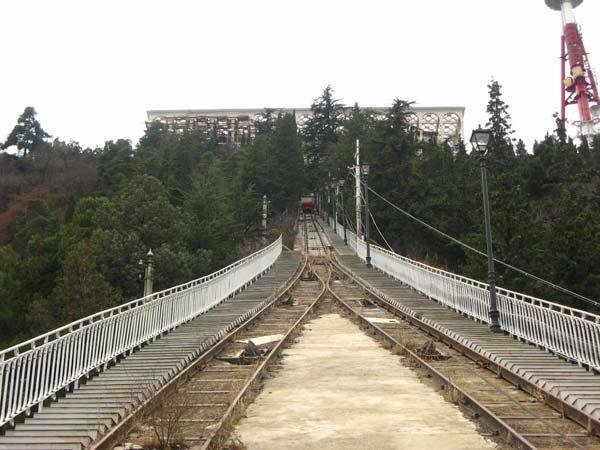
The closest to the Tbilisi trolleybus system was located in the city of Rustavi. According to some reports, there was even a trolley route Tbilisi-Rustavi. Svezhezakrytaya system, motion stopped 24 September 2009. Machines are still in the former depot
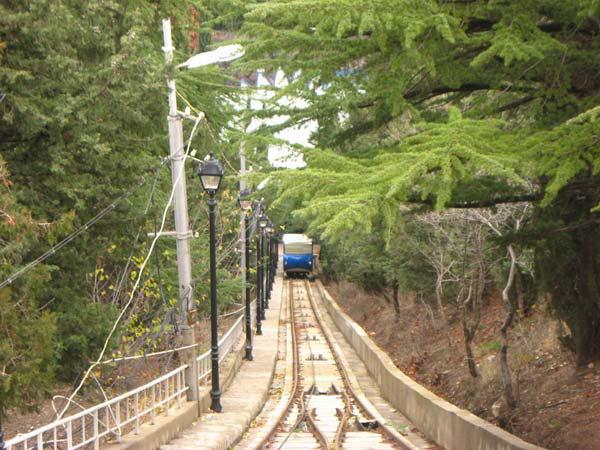
The main stock was Skoda-14tr
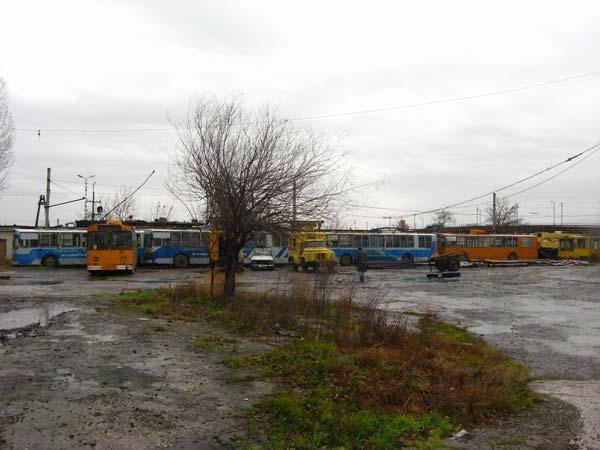
Some of which are two-door
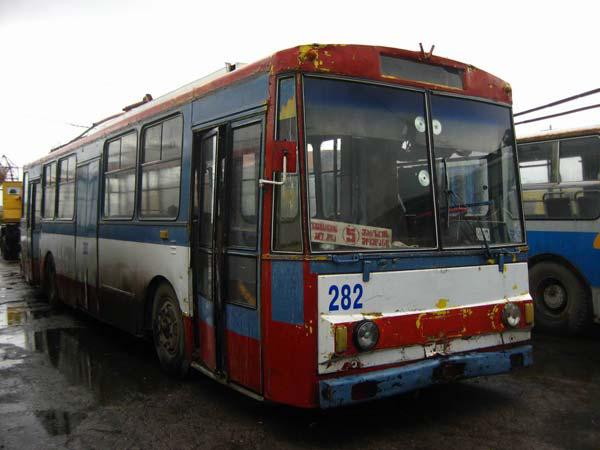
And come in two phases ZiU-682V from Athens (some time to spend on a trip to Tbilisi before that)
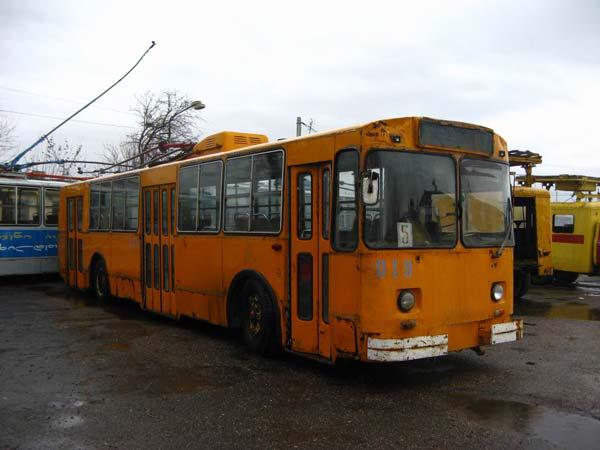
Some of which are sketched humans
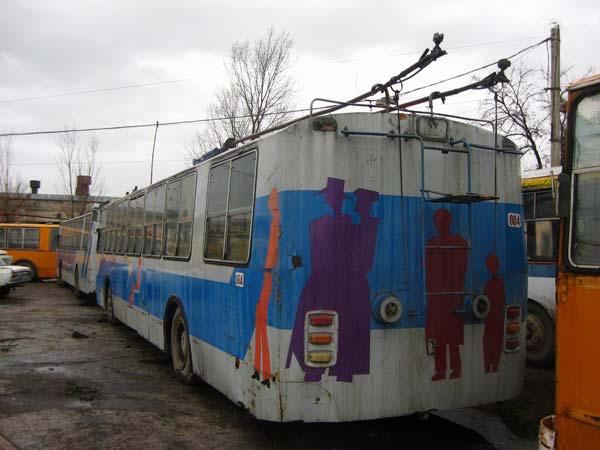
Some (and possibly all) Skoda planned to be transferred to Gori, where trolley buses go more, and thereby save them from cutting. Former driver and locksmith, left without work, are now engaged in that drink all day chacha.
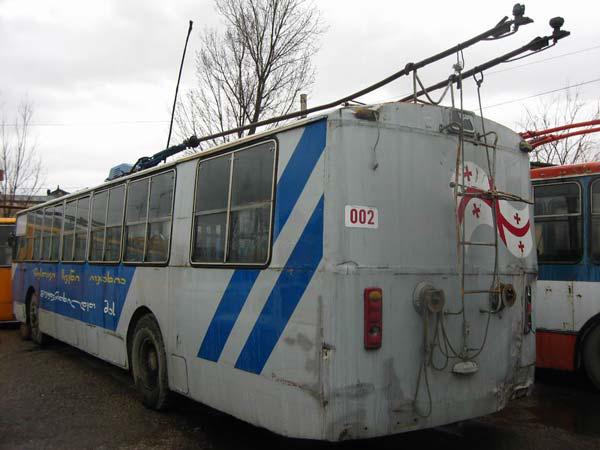
Source:
It is difficult to say for what reason this form of transport has become so popular in the Soviet era. But I must say that the horned very organically looked on a background of mountains and canyons. Special highlight was the laid in a picturesque valley interurban trolleybus line "Chiatura - Sachkhere." The cause of the crisis and the decline of the country's electric become banal unprofitable and expensive electricity.
The main stock in the Georgian city was traditionally, Škoda-9Tr, and later the Škoda-14Tr, but in some towns there were also ZiU-9. In 2004, the country received a large batch of retired ZiU-682 from Athens, where they have already fulfilled their service life. It sold almost all systems of the country, but that's not really saved the situation.
9 ph via trans-port.com.ua

The very first and largest trolleybus system, of course, was in Tbilisi. Three depots, more than 20 routes. Tbilisi trolley was one of the first in the Soviet Union, the opening movement there in 1937. Less than a year he has not lived up to his 70th birthday, when in December 2006 had been closed the last routes.
I must say that in addition to the trolley buses in Tbilisi had a lot of other types of electric ground: tram, funicular, cable car. And none of them does not work anymore: the tram was closed with the trolley bus, cable car to the cable car closed for renovation many years ago, and traces of repair is not completely visible.

However, unlike most cities where electric vehicles was destroyed for the sake of increasing profits by commercial carriers, and in which the main mode of transport - bus, is not so bad and everything. Organized convenient system of bus routes. Modern buses equipped with light displays, and special electronic cash registers for the fare.
On routes discounts, travel, benefits. Feature fare is that you can only buy a ticket in the electronic cash register, or in advance, the driver does not sell tickets. Fare - 40 tetri, pay the fare is only 5 coins, 10, 20 tetri to exchange larger neither the driver nor the cashier impossible.

The closest to the Tbilisi trolleybus system was located in the city of Rustavi. According to some reports, there was even a trolley route Tbilisi-Rustavi. Svezhezakrytaya system, motion stopped 24 September 2009. Machines are still in the former depot

The main stock was Skoda-14tr

Some of which are two-door

And come in two phases ZiU-682V from Athens (some time to spend on a trip to Tbilisi before that)

Some of which are sketched humans

Some (and possibly all) Skoda planned to be transferred to Gori, where trolley buses go more, and thereby save them from cutting. Former driver and locksmith, left without work, are now engaged in that drink all day chacha.

Source:


